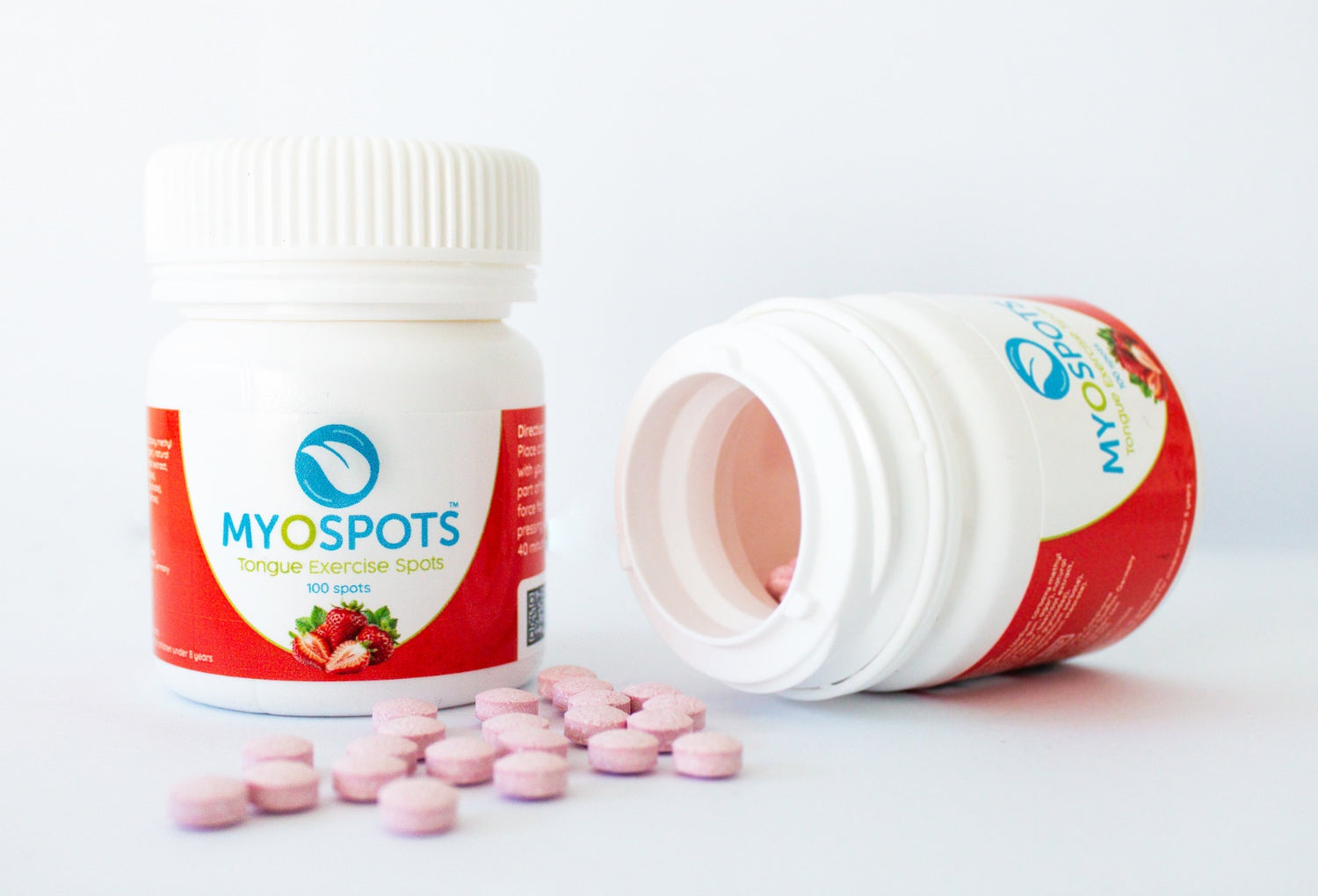There’s probably more than one way to get into your home. You’re likely to have a front door and a back door (and maybe a few side doors as well).
There’s more than one way to breathe too. Oxygen reaches your lungs whether you breathe through your nose or your mouth, so does it matter which one you use?
Well, yes, it does. There are some important differences between nasal breathing and mouth breathing.
Mouth breathing versus nose breathing
Your nose and mouth exist for very different reasons. Your mouth enables you to eat, drink and talk. You can breathe through it too – which is helpful if you have a cold or a deviated septum.
But your mouth isn’t intended to be your main breathing route.
Breathing primarily through your mouth increases your risk of:
- Asthma
- Bad breath
- Tooth decay
- Asthma
- Gingivitis (inflamed gums)
- Snoring
- Sleep apnoea
- Teeth or jaw abnormalities
- Allergic reactions.
Your nose is built to avoid many of those issues. Your nasal hairs filter out dust, allergens and pollen before they reach your lungs. Your nose also warms and moisturises the air you breathe, bringing it up to body temperature so it’s easier for your lungs to use.
Nasal breathing accomplishes something else important – the release of nitric oxide.
What is nitric oxide?
Nitric oxide is a colourless gas that consists of nitrogen and oxygen. It’s an important messenger molecule in the human body.
Nitric oxide has many health benefits, influencing digestion, memory, vision and immune function. It also helps your blood vessels to dilate (widen). This improves oxygen circulation around your body and helps to reduce blood pressure.
How to increase nitric oxide
Given its many health benefits, it’s not surprising that there’s interest in increasing nitric oxide in the body.
Nasal breathing is a fantastic way to boost nitric oxide production. Your nose and sinuses generate nitric oxide, which then flows to your lungs when you inhale. From there, it’s carried to your heart and around your body.
Pause for a moment now. Close your mouth and breathe slowly in through your nose, deep into your lungs and on down until you feel your belly (not your chest) start to rise. Hold your breath for a few seconds then breathe slowly out. Repeat a few times.
Other ways to increase nitric oxide levels include:
- Exercising
- Getting some natural sunlight
- Not smoking
- Eating nitrate-rich vegetables like spinach, celery, arugula, lettuce and beetroot
- Consuming antioxidant-rich foods as these help to stabilise nitric oxide so that it breaks down more slowly.
- Limiting your intake of salty, fatty, sugary foods and alcohol, which can reduce your body’s nitric oxide production.
The broader benefits of nasal breathing
As we’ve noted above, nasal breathing helps to filter irritants and to warm and humidify the air you breathe.
It may also help to lower your blood pressure and help your nervous system shift from ‘fight or flight’ mode into ‘rest and relax’.
And let’s not forget your nose’s role in smelling. When you breathe through your nose, you’re taking in vital information from your sense of smell. That can be lovely – think of the scent of flowers, freshly cut grass or the aroma of a delicious dinner.
Note: If you really struggle to breathe through your nose, please talk to your doctor to see if there’s any underlying condition that’s limiting your breathing.
How Myospots can help
So, how do you learn to breathe through your nose? If you’ve been breathing through your mouth for years, it’s not always easy to change your habits.
That’s why we’re here. The Myospots nasal breathing range helps you train yourself (or your child) to breathe through your nose. Our nasal breathing range includes:
- Tongue exercise spots – these small, dissolvable spots stick to the roof of your mouth, encouraging your tongue to rise up, which then makes you breathe through your nose
- Lip tape – a stretchy tape that seals your mouth closed while you sleep, meaning you have to breathe through your nose
- Nasal strips – these stretch and widen the nostrils to make it easier to breathe through the nose to prevent or reduce snoring.
[shortcode id="66baabb1d54b75b3819f991f" name="Lip tape + Nasal Strip Bundle" layout="Grid"]
Breathing through your nose helps you enjoy the health benefits of nitric oxide and the broader benefits of nasal breathing. Explore the Myospots nasal breathing range today to see how we could help you.
Disclaimer
All information is general and not intended as a substitute for professional advice.
References
- Healthline, What are the advantages of nose breathing versus mouth breathing? https://www.healthline.com/health/nose-breathing, [Accessed 3 September 2024]
- Britannica, Nitric oxide, https://www.britannica.com/science/nitric-oxide, [Accessed 3 September 2024]
- OtherShip, Nitric oxide: benefits, ways to increase and more, https://www.othership.us/resources/nitric-oxide-benefits-and-ways-to-increase#ch4, [Accessed 3 September 2024]
- American Physiological Society, Nose breathing lowers blood pressure, may help reduce risk for heart disease, https://www.physiology.org/detail/news/2024/01/17/nose-breathing-lowers-blood-pressure-may-help-reduce-risk-factors-for-heart-disease?SSO=Y, [Accessed 3 September 2024]




